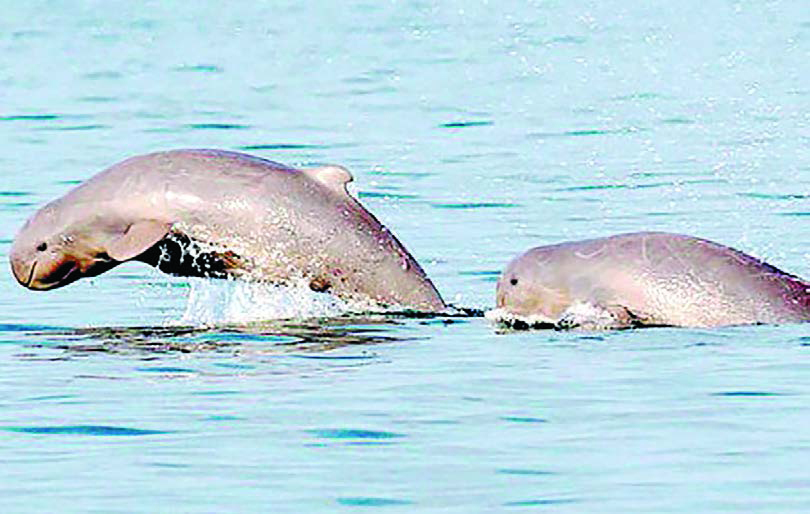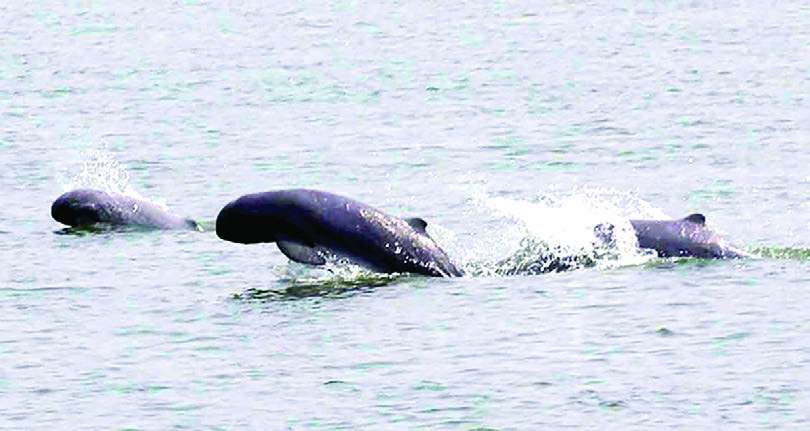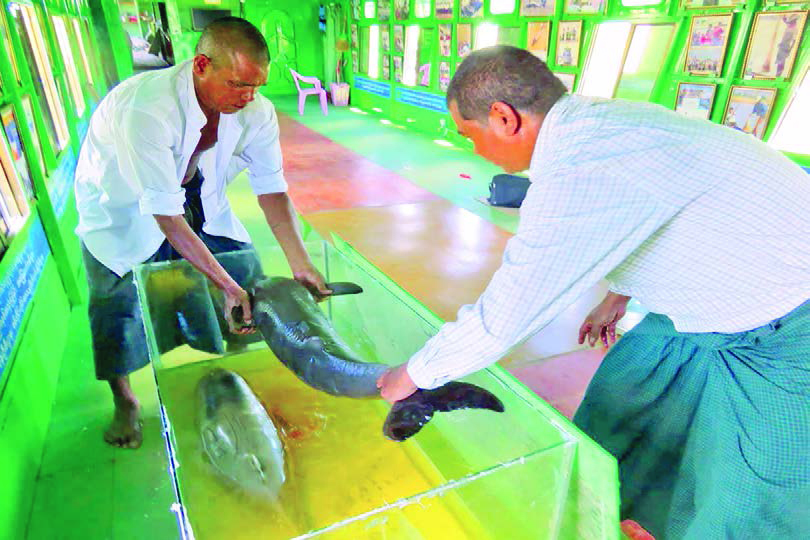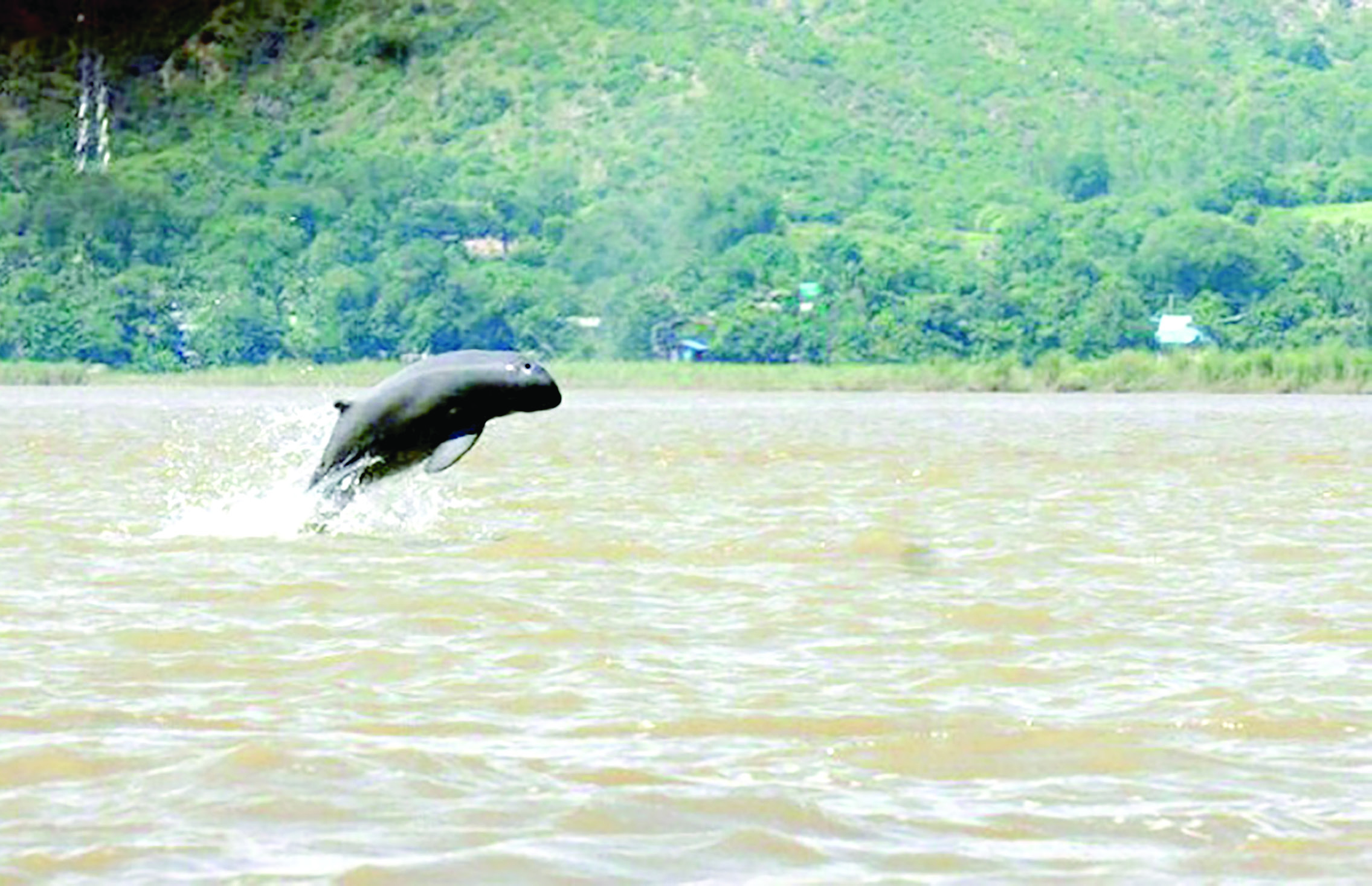By Nat Ye Hla
THE killing of six Irrawaddy dolphins in six months has blown the lid off a big challenge from the illegal battery-shock fishing and pollution in the Ayeyawady River.
Though the conservation of the Irrawaddy dolphins, which are facing the risk of extinction, is considered on the right path, the species are often prey to electrofishing, which has been banned nationwide.

While the highest number of the endangered Irrawaddy dolphins was found this year since 2010, the The survey carried out this year by the Wildlife Conservation Society of Myanmar (WCS) found 79 dolphins in the river.
With a rounded head and no beak, the three subpopulations of this distinctive dolphin can be found swimming along three rivers in South and Southeast Asia - Ayeyawady River (Myanmar), Mahakam (Indonesia) and Mekong (Cambodia). Recent estimates indicate that there are around 79 individuals left on the Ayeyawady, indicating this is a species right on the edge.
Nonetheless, less than 300 freshwater Irrawaddy dolphins still live, including in Cambodia and Indonesia. Although they are not directly exploited, these river dolphins suffer many threats, including entanglement in gill nets and illegal fishing activities such as electrofishing - which unsustainably removes their food source.

Nevertheless, fishing activities can be done in harmony with river dolphins. In the Ayeyawady river, the local fisherfolk use a traditional fishing method that portrays a unique relationship with the dolphins, called “Cooperative fishing”. The fishermen “call” the dolphins by tapping a stick repeatedly on the side of the boat. If the dolphins are up to fishing, they chase shoals of fish towards the waiting nets and signalize the location of the prey.
Once the fishermen cast their nets, the dolphins snatch the escaping fish. As this extraordinary interaction can be seen only in a few places around the world.



